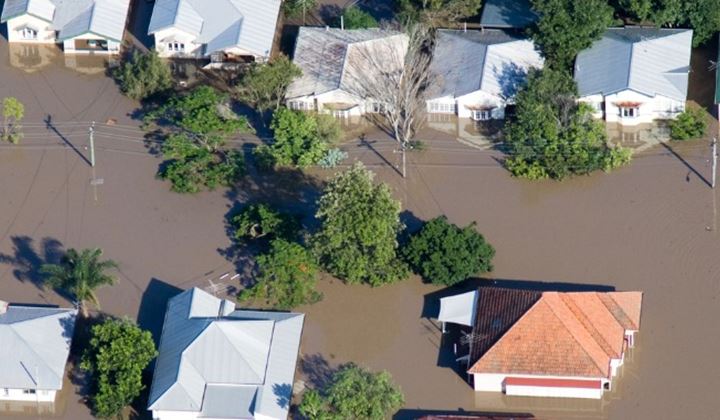

1 in 25 homes will soon be "uninsurable", claims report
Worsening extreme weather is leading to a rapid increase in insurance premiums and even an insurability crisis, according to a report by the Climate Council.
The biggest insurance risk is expected to come from riverine flooding, followed by bushfires and surface-water flooding.
"As the risk of being affected by extreme weather events is increasing, insurers are raising premiums to cover the increased cost of claims and reinsurance," according to the Climate Council.
By 2030, the Climate Council has estimated that across Australia:
- 4% of properties will be 'high risk' and uninsurable
- 9% of properties will be ‘medium risk’ and at risk of becoming underinsured
The Climate Council has forecast that the share of properties that will be uninsurable by 2030 in each state and territory will be:
- Qld = 6.5%
- NSW = 3.3%
- SA = 3.2%
- Vic = 2.6%
- NT = 2.5%
- WA = 2.4%
- Tas = 2.0%
- ACT = 1.3%
Policy recommendations
Climate Council research has found that a significant share of new home builds aren't being insured – about 20% in northern Australia and 11% across the rest of Australia.
"For high-risk properties, banks may reduce access to credit, and credit risk for existing loans may rise, leading to declining property values. In some severe instances, areas may even become uninhabitable as banks no longer consider high-risk properties sensible for lending,” it said.
As a result, the Climate Council has recommended a series of actions, including:
- Investing in risk reduction and resilience
- Accounting for climate risks in land use planning
- Improving building standards and compliance
There are steps you can take to check if your property, or a property you are interested in is considered at risk of climate-related risks. Reach out to find out more.
